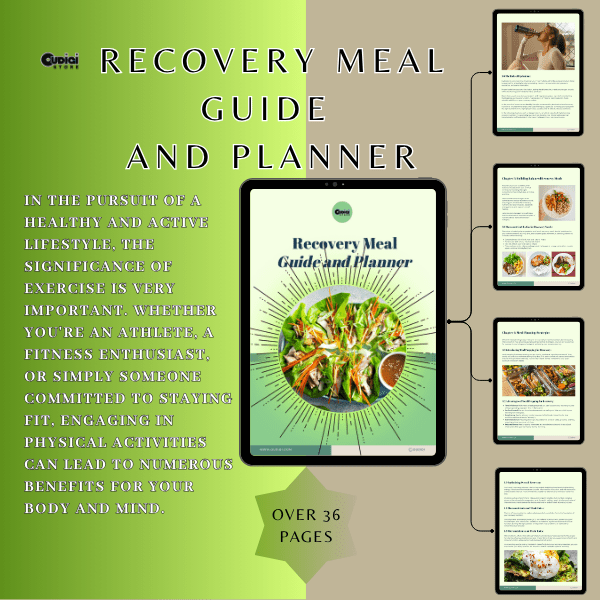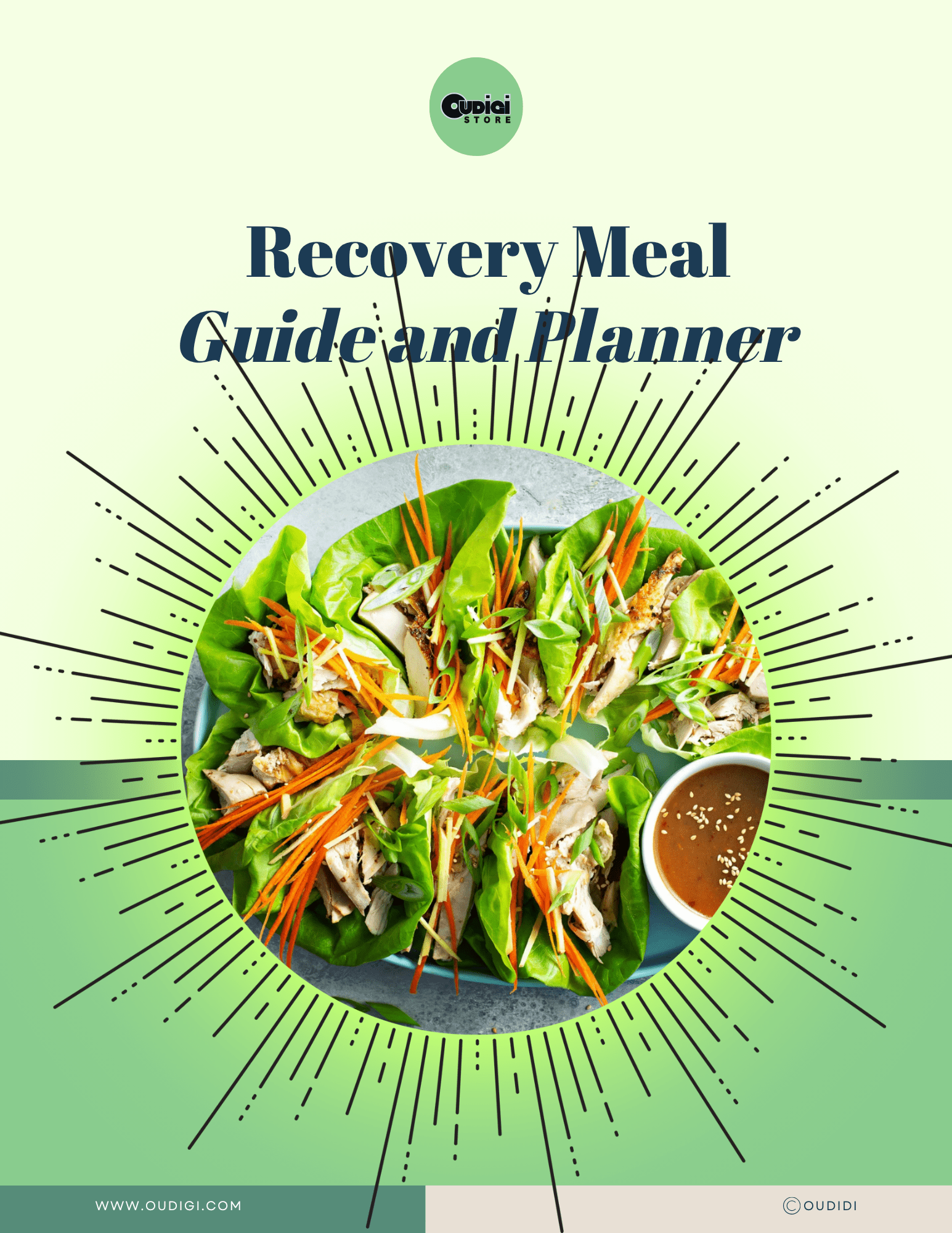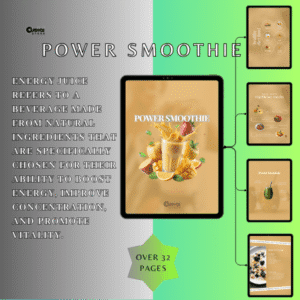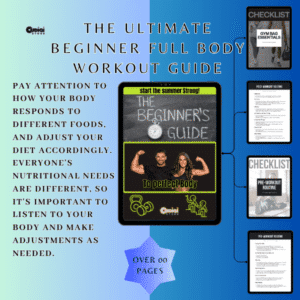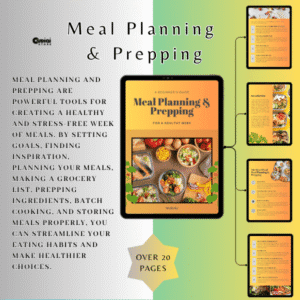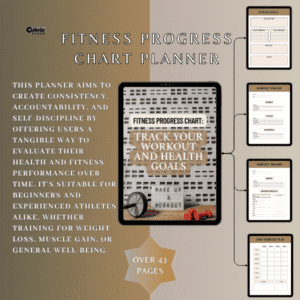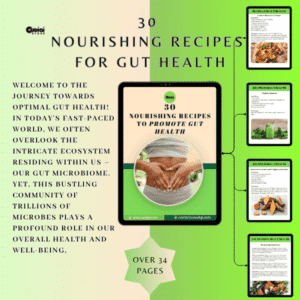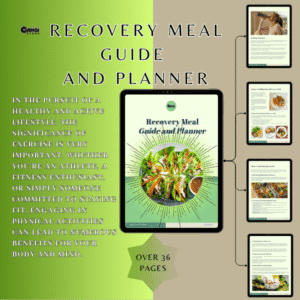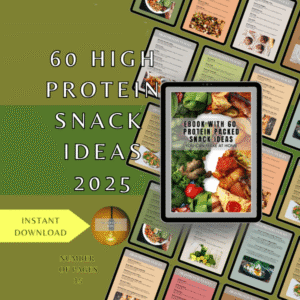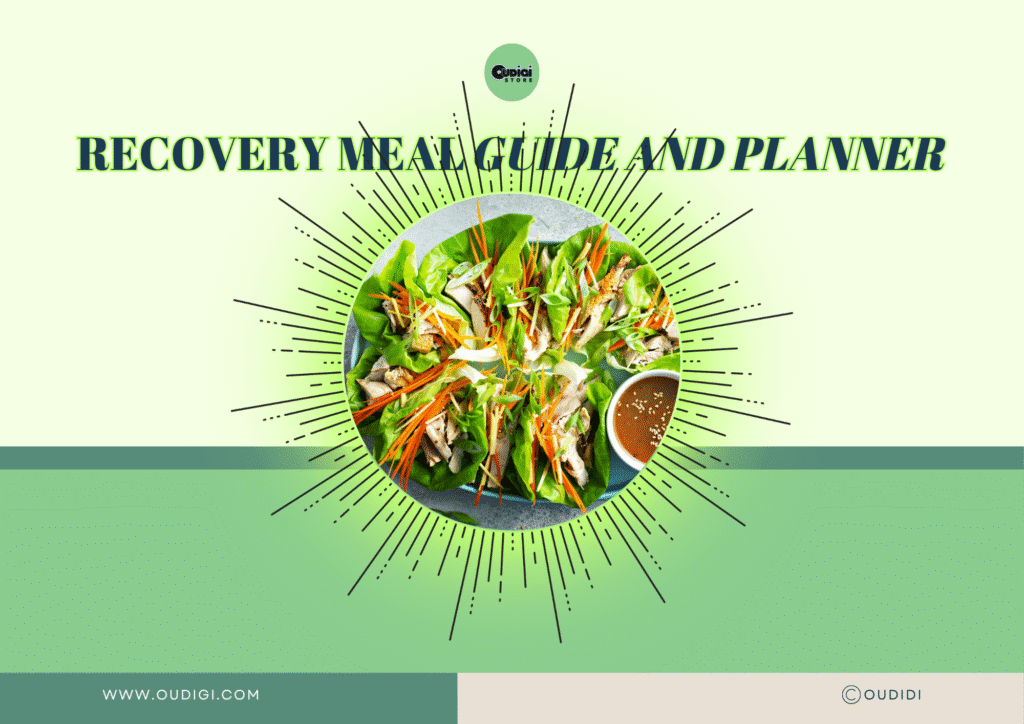
1. Introduction:
Recovery meals guide and planner 2025, are a non-negotiable part of any fitness, athletic, or wellness routine. After exercise, your body enters a state where it needs to replenish energy stores, rebuild muscle tissue, and reduce inflammation. Without proper nutrition, recovery slows, performance stalls, and injuries become more likely.
This guide provides a comprehensive blueprint for designing and preparing recovery meals that support fast, effective post-workout healing. Whether you’re a casual gym-goer, endurance athlete, or recovering from surgery, you’ll find insights, meal plans, and strategies tailored to your needs.
2. What Is a Recovery Meal?
A recovery meal is consumed within a specific window after physical exertion to:
- Replenish glycogen (energy) stores
- Repair muscle tissues
- Restore hydration and electrolyte balance
- Reduce inflammation and oxidative stress
Unlike a general meal, a recovery meal is strategically designed to meet metabolic demands after exertion, especially within 30–90 minutes post-activity.
3. Why Recovery Nutrition Matters:
✅ Faster Muscle Recovery
Protein and amino acids repair damaged muscle fibers, improving strength gains and reducing soreness.
✅ Improved Energy Levels
Carbohydrates refill glycogen stores, preventing post-exercise fatigue.
✅ Reduced Risk of Injury
Anti-inflammatory foods support joint health and tissue regeneration.
✅ Better Performance
Consistent recovery meals allow you to train harder and more frequently.
4. Key Nutrients for Post-Workout Recovery:
To optimize recovery, your meals should include the following macronutrients and micronutrients:
🔹 Carbohydrates
- Function: Replenish glycogen stores
- Sources: Brown rice, oats, sweet potatoes, fruits, quinoa
🔹 Protein
- Function: Repair muscle tissue and support lean mass
- Sources: Chicken breast, eggs, tofu, Greek yogurt, protein powder
🔹 Fats (in moderation)
- Function: Regulate hormones and reduce inflammation
- Sources: Avocado, olive oil, nuts, seeds
🔹 Vitamins and Minerals
- Function: Aid cellular repair and electrolyte balance
- Sources: Leafy greens, berries, bananas, magnesium-rich nuts
🔹 Water & Electrolytes
- Function: Rehydrate and restore sodium, potassium, magnesium
- Sources: Coconut water, sea salt, electrolyte supplements
5. How to Build a Balanced Recovery Meal:
Use the following formula to create an optimal recovery meal:
1. Carbs (40–60%)
- Focus on high-quality, complex carbohydrates.
- Example: 1 cup brown rice, 1 medium banana
2. Protein (20–30g per meal)
- Aim for complete proteins or a blend of plant sources.
- Example: 1 grilled chicken breast or tofu stir-fry
3. Healthy Fats (optional for light training, essential after intense sessions):
- Example: 1 tablespoon olive oil, ¼ avocado
4. Micronutrients
- Add 1–2 cups of vegetables or fruits rich in antioxidants.
5. Fluids
- Drink 500–750 ml of water or an electrolyte-based drink within 1 hour.
6. Timing Your Recovery Meals:
⏱️ The 30–90 Minute Window:
This is your anabolic window, where your body is most efficient at absorbing nutrients.
- Immediate post-workout (0–30 min): Small snack (e.g., protein shake + banana)
- Main meal (30–90 min post-workout): Full recovery meal with carbs, protein, and fats
⏳ Evening Workouts:
If training late, ensure your recovery meal is:
- Easily digestible
- Moderate in carbs
- Balanced with lean protein
7. Sample 7-Day Recovery Meal Plan:
| Day | Breakfast (Post AM Workout) | Lunch (Recovery Focus) | Dinner |
| Mon | Protein smoothie + oats + berries | Grilled chicken + brown rice + broccoli | Salmon + quinoa + steamed spinach |
| Tue | Avocado toast + poached eggs | Turkey wrap + roasted vegetables | Lentil curry + basmati rice |
| Wed | Chia pudding + banana + almonds | Shrimp stir-fry + jasmine rice | Tofu bowl + edamame + sweet potato |
| Thu | Greek yogurt + granola + berries | Chicken burrito bowl | Baked cod + couscous + kale salad |
| Fri | Oatmeal + whey protein + peanut butter | Egg + quinoa salad + hummus | Pasta with ground turkey + spinach |
| Sat | Smoothie bowl + flaxseeds | Baked tofu + soba noodles + carrots | Grilled steak + roasted potatoes + greens |
| Sun | Cottage cheese + pineapple + wholegrain toast | Chickpea salad wrap + trail mix | Roast chicken + farro + asparagus |
All meals can be prepped in advance or adapted to your schedule.
8. Meal Prep and Planning Tips:
🧊 Batch Cook Proteins and Grains:
Cook chicken, rice, lentils, or tofu in bulk. Freeze extras in portions.
🍱 Use Pre-Portioned Containers:
Prep full meals in containers labeled by day. Helps control portions and avoid decision fatigue.
🧃 Pre-Make Smoothies:
Freeze ingredients in bags. Blend quickly post-workout.
📆 Plan Based on Your Workout Schedule:
- Heavy workout days → High carb meals
- Light/recovery days → Higher fat, moderate carbs
📒 Track Meals and Progress:
Use apps like MyFitnessPal, Cronometer, or pen-and-paper logs.
9. Special Considerations:
🏃♂️ For Athletes:
- Increase protein to 1.6–2.2g/kg body weight daily.
- Include antioxidant-rich foods (berries, turmeric, green tea).
- Hydrate with electrolyte formulas post-sweat-heavy workouts.
🌱 For Vegans:
- Combine proteins (e.g., beans + rice, lentils + quinoa).
- Supplement with B12, iron, and omega-3s.
- Include hemp seeds, tempeh, spirulina, and fortified plant milks.
🩺 For Diabetics:
- Stick to low-glycemic carbs: oats, legumes, barley, berries.
- Balance each meal with protein and fiber.
- Monitor blood sugar response and adjust timing accordingly.
10. Mistakes to Avoid in Recovery Nutrition:
❌ Skipping the Post-Workout Meal:
Delays healing, increases fatigue, and reduces muscle repair efficiency.
❌ Relying Solely on Protein Shakes:
Liquid meals don’t always provide full nutrient support.
❌ Overeating “Reward Meals”:
Post-exercise is not a free-for-all. Calorie quality still matters.
❌ Neglecting Hydration:
Even mild dehydration impairs performance and recovery.
❌ Inconsistent Meal Timing:
Irregular meals slow your body’s adaptation and efficiency.
11. Final Thoughts:
A well-structured recovery meal plan can be the missing link between average and optimized performance. By incorporating strategic nutrients, timing your meals right, and preparing in advance, you build a foundation for faster healing, greater strength, and consistent energy.
Whether you’re a weekend warrior or professional athlete, the power of planned post-exercise nutrition cannot be overstated. Start with this guide, personalize it based on your needs, and turn recovery into a powerful advantage—not an afterthought.
